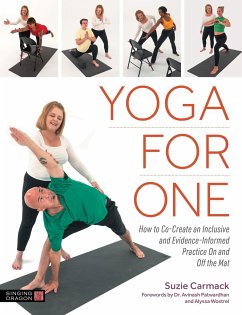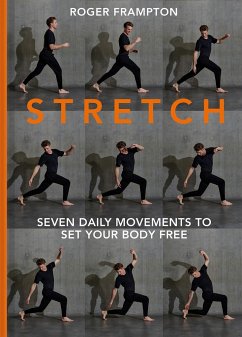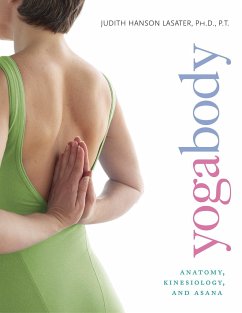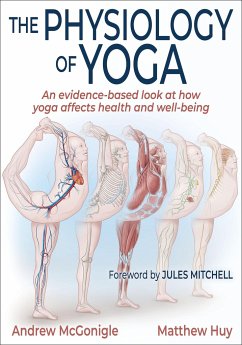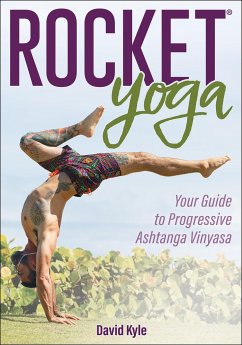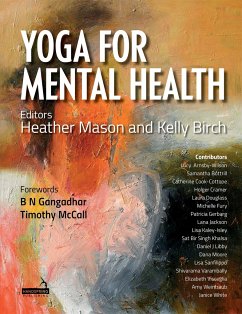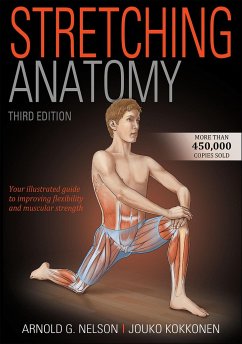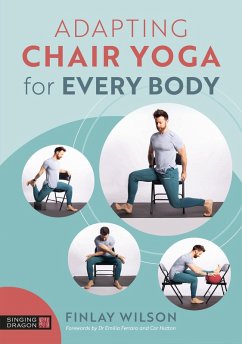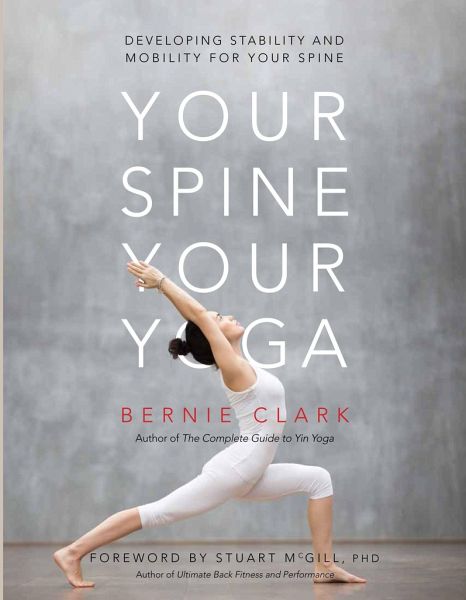
Your Spine, Your Yoga
Developing Stability and Mobility for Your Spine
Herausgeber: Mccall, Timothy

PAYBACK Punkte
16 °P sammeln!
Your Spine, Your Yoga is arguably the first book that looks at the spine from both the Western anatomical/biomechanical point of view and the modern yoga perspective. It is filled with detail, discussion, illustrations, and practical advice for spines of all types. This emphasis on variety is welcome and necessary: no two spines are exactly alike, and no two people have the same biology and biography. What your spine is able to do may be vastly different from what other yoga students’ or teachers’ spines can do. The human spine is unique in its structure and function. Primarily, it provi...
Your Spine, Your Yoga is arguably the first book that looks at the spine from both the Western anatomical/biomechanical point of view and the modern yoga perspective. It is filled with detail, discussion, illustrations, and practical advice for spines of all types. This emphasis on variety is welcome and necessary: no two spines are exactly alike, and no two people have the same biology and biography. What your spine is able to do may be vastly different from what other yoga students’ or teachers’ spines can do. The human spine is unique in its structure and function. Primarily, it provides stability through the core of our body, allowing forces to be transmitted from the upper body (arms and shoulders) to the lower body (pelvis and legs) and vice versa. Secondarily, the spine allows tremendous range of movement. Unfortunately, in modern yoga practice we find the primacy of these two functions reversed, with flexibility prized over stability. This focus on spinal mobility comes at a grave cost to many students. Stability is lost, and when that happens, dysfunction and pain often follow. Just as all tissues and areas of the body need a healthy amount of stress to regain and maintain optimal health, so too our spine needs the appropriate levels of stress to remain functional throughout our lives. How we choose to exercise the spine makes a difference, though. Knowing the way the spine is built, specifically, how your spine is built, will allow you to tailor your exercises wisely to match your goals. Your Spine, Your Yoga is the second book in the Your Body, Your Yoga series and focuses on the axial body―the core, from the sacral complex, which includes the pelvis, sacrum, and sacroiliac joint, through the lumbar and thoracic segments of the spine, to the cervical complex, which includes the neck and head. The structural components of each segment are examined: from the bones, to the joints, ligaments, fascia, tendons, muscles, and even the neurological and blood systems. The range and implications of human variations are presented, as well as the ways these variations may affect individual yoga practices. The sources of restrictions to movement are investigated through answering the question “What Stops Me?” The answers presented run through a spectrum, beginning with various types of tensile resistance to three kinds of compressive resistance. Whether the reader is a novice to yoga, anatomy, or both, or a seasoned practitioner with an in-depth knowledge in these fields, this book will be valuable. For the novice, there are easily understood illustrations and photographs, as well as sidebars highlighting the most important topics. For the anatomy geek, other sidebars focus on the complexity of the topic, with hundreds of references provided for further investigation. For the yoga teacher, sidebars suggest how to bring this knowledge into the classroom. Your Spine, Your Yoga can be used as a resource when specific questions arise, as a textbook to be studied in detail, or as a fascinating coffee-table book to be browsed at leisure for topics of current interest.





